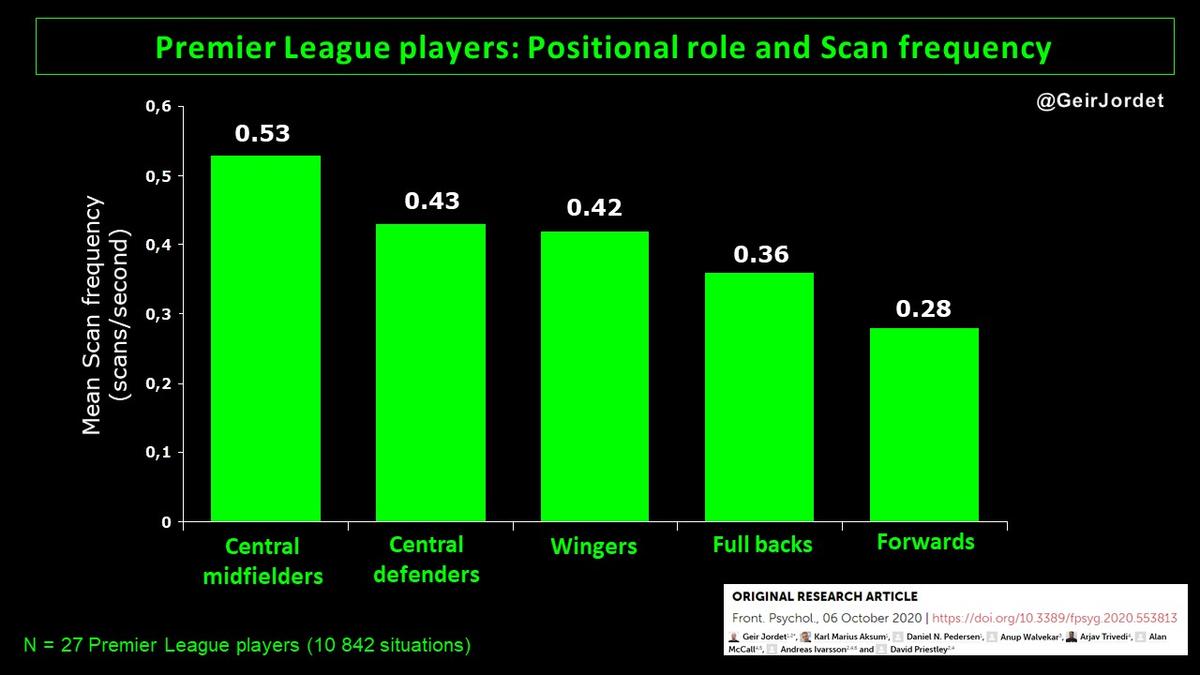Scanning: What you see is what you do
Josip Loncaric

Scanning: What you see is what you do
Josip Loncaric
“I skate to where the puck is going to be, not where it has been.” Legendary Canadian Ice Hockey star Wayne Gretsky once spoke these immortal words when talking about how he sees the game that he dominated for over a decade.
Gretsky was not the most outstanding skater of his generation. He didn't have an incredible amount of speed, skill or power. What he had was something that is not tangible but at the highest level, the most valuable asset to have: insight.
Gretsky was a scanner. He took in the information that allowed him to make better decisions quicker than the rest of the players that he shared the ice with.
How does this relate to football?
Consider that every individual has certain characteristics that they bring to the game of football that helps them interpret and manipulate what has been defined as a complex game. Complex games are made up of individual parts that when interacting with one another sustain the system and ideally something new emerges from the system.
Footballers don't need to be fast, they need to be on time. Football is not a sport purely based on absolute speed, but rather it relies on relative speed. A player's position, moment of movement, and direction of movement are variables in football that will affect the speed of the game.
One of the biggest factors to influence this is the skill of scanning or visual exploration. Consider the footage in this video taken from our training session with 2007-born and younger boys at Keilor Downs College.
The lack of visual exploration and perception by the blue team allows two yellow bibbed players a chance to exploit a numerical disadvantage and score a wonderful goal. Look more closely at the footage and you will notice the 'ball watching' or intense focus on the ball by the blue players that results in an excellent cross and clever finish.
According to Norwegian psychologist Geir Jordet, "A player scans when temporarily directing face/eyes away from the ball, to prepare actions with the ball. High scan frequency (scans per second) is linked with higher pass completion and more progressive passes."
Look at this video with former England midfielder Frank Lampard, whose father Frank Senior always told his son to 'take pictures' whilst the youngster was developing at the West Ham United academy.
What this means for us as coaches and as parents of young players, the importance of teaching our children to scan and take pictures as frequently as possible of their surroundings will provide them with so much more information that will eventually lead to better decisions, faster decisions and the opportunity to use their speed, power and skill more effectively at the right moment.
Instead of telling them what to do from your sideline perspective - which is significantly different from their 360 degree view- consider phrases like 'take a picture', 'check your shoulder', and 'scan' before receiving that ball and allow them time to get used to this new level of perception.

